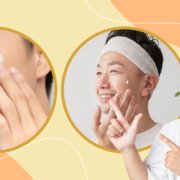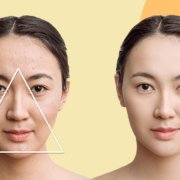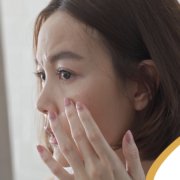Skincare For Men Doesn’t Have To Be Complicated
Perhaps you’re an outdoorsy kind of guy — spending lots of time in the sun, exposed to the elements. Or you’re the casual, more indoorsy type. Maybe you’re clean-shaven or sporting a full beard. No matter your style or lifestyle, taking care of your skin is always important.
A lot of men have the common misconception that skin care needs to be really complicated, but it doesn’t have to be. You can have a simple regimen that’s easy to follow as part of your daily routine.
Simple skincare routine for men
For the simplest routine, you want to stick to the basics: Cleanse, moisturize and protect.
Step 1: Cleanse two times a day
You’ll want to clean your skin twice a day, usually first thing in the morning and right before bed. If you tend to exercise in the morning or in the middle of the day, you should cleanse right after your workout.
Hot water can strip the oils from your skin, so use warm water with your cleanser, even if you do this step in the shower. Use your fingertips to massage the cleanser into your skin, then rinse off completely. When drying, don’t rub all the moisture off. You’ll want to pat dry instead.
Step 2: Moisturize twice a day
While your skin is still a little damp after cleansing, you lock that water in with a moisturizer. The idea here is to replenish that lipid barrier your skin has by maintaining its moisture. By restoring your skin barrier, you help defend yourself against chemicals and irritants in the environment.
Step 3: Apply sunscreen once in the morning
It’s important to wear sunscreen every day because UV rays (even on cloudy days) have the ability to accelerate aging, pigmentation, fine lines, and wrinkles. Sunscreen also helps prevent skin cancer.
When should you start your skincare routine?
Everyone’s built a little differently, but it’s never too early to start a skin care regimen. Some people can show signs of wrinkles and age as early as their 20s. Everyone should be proactive in terms of sun protection from childhood.
If you have skin concerns that aren’t improved with your skin care regimen, like acne, rosacea, or eczema, you should seek help from an experienced dermatologist.
Call our Patient Care Lines: (+632) 7-368 5238 l (+63) 917 862 7454 l (+63) 921 217 0517 for inquiries, questions, and appointments or talk to our consultants via LiveChat here on our website.






